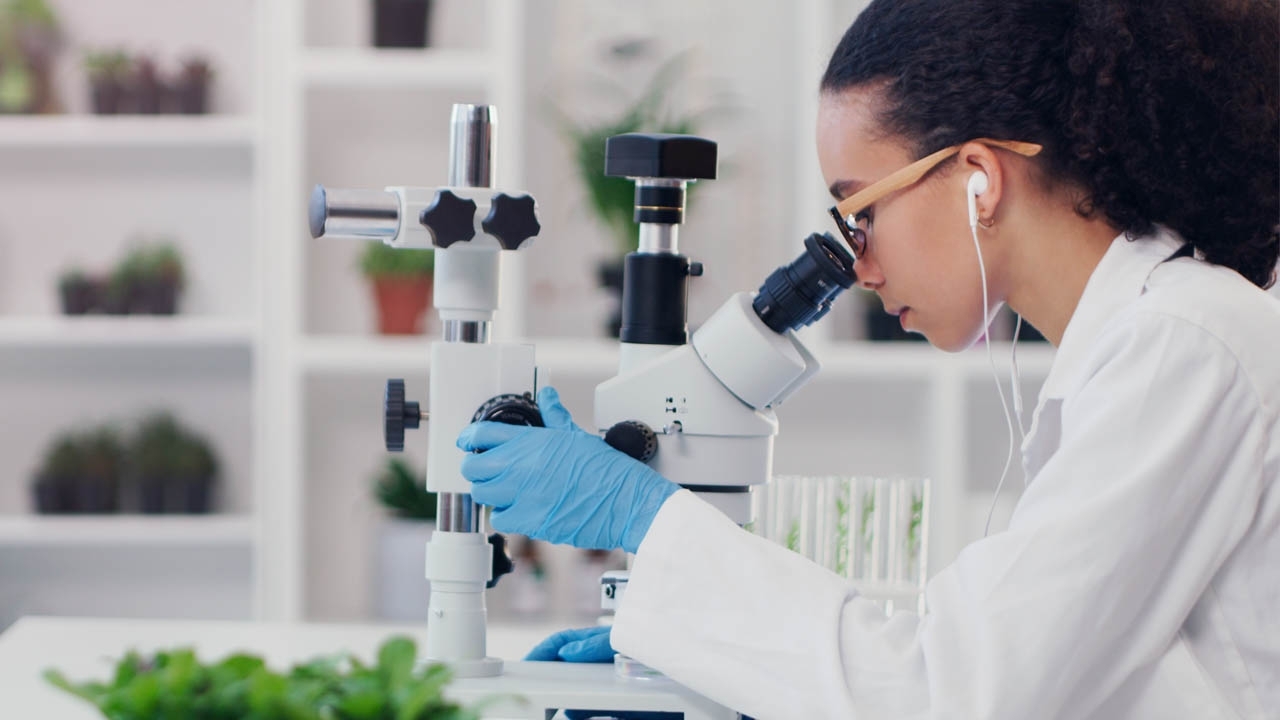USDA Grants More Than $2 Million to Protect Texas Crops and Natural Resources

Press Release
Media Contacts:
Cecilia Sequeira, 202-494-5083
k.cecilia.sequeira@usda.gov
Suzanne Bond, 301-538-9322
suzanne.m.bond@usda.gov
WASHINGTON, January 14, 2025 - Texas is set to receive more than $2 million from the U.S. Department of Agriculture (USDA) to combat invasive plant pests and diseases and protect the state’s vital agriculture and natural resources. This funding is part of a $70 million nationwide initiative supporting 357 projects across 49 states, Tribal lands, Guam, and Puerto Rico, authorized under the Plant Protection Act Section 7721.
“Texas has 231,000 farms and ranches and is a major producer of cotton, hay, corn and wheat. The state is the country’s 6th largest agricultural exporting state, shipping about $8.5 billion in domestic agricultural exports abroad,” said USDA Under Secretary Jenny Lester Moffitt. “It is vital that we protect the agriculture industry in Texas. These projects will help the state do that, while contributing to a strong national agricultural economy.”
The funding will support projects covering a range of plant health protection activities, including, but not limited to:
- $255,008 to improve risk assessment strategies for citrus greening to improve how we manage the plant disease;
- $202,290 to develop an effective lure for the Asian citrus psyllid, a vector of the invasive plant disease known as citrus greening;
- $195,264 to create next-generation insecticides with nanotechnology to protect citrus crops from harmful pests;
- $181,045 to test how well a microbe treatment works against the pathogen that causes citrus greening in citrus plants;
- $175,118 to involve the community to improve tracking of Central American locusts in the Lower Rio Grande Valley;
- $159,921 to support National Clean Plant Network plant stocks for citrus;
- $117,671 to develop new tools to create maps that predict where invasive forest pests might spread;
- $90,000 to create strategies to prevent invasive fruit flies from becoming resistant to the insecticide spinosad;
- $82,500 to leverage artificial intelligence to quickly and accurately identify weevils in field settings, and many additional projects.
These efforts are part of a broader mission to ensure U.S. agriculture thrives in the face of new challenges. Since 2009, USDA has invested nearly $940 million in more than 5,800 projects to detect and respond to invasive plant pests and diseases quickly. This work also ensures specialty crop producers have access to certified, disease-free plants.
For a full list of projects funded in Texas and nationwide, visit the USDA Animal and Plant Health Inspection Service website (562.47 KB).
#
USDA is an equal opportunity provider, employer, and lender.

